Osteochondrosis is a medical term that describes a violation of the integrity of the cartilage bone surface. Often, the disease is associated with damage to the intervertebral disc.
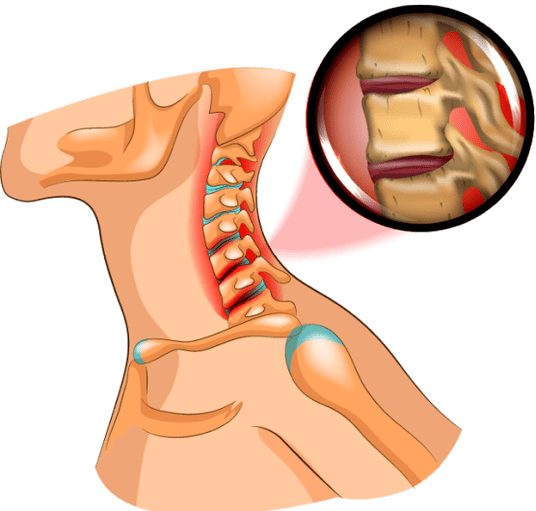
The intervertebral disc is a type of shock absorber that softens the pressure on the spine under load. Osteochondrosis worsens the quality of life, causing pain in the back, neck, head, tinnitus.
There are two points of view on diagnosis. Experts abroad associate the disease as a disease of children and adolescents. It is believed to be more common in children because their bones are in a developmental stage. Russian doctors diagnose osteochondrosis mainly in patients aged 25-55 years. The symptoms, cause and type of disease in the two cases are the same.
How to diagnose osteochondrosis?
- Is there persistent or recurrent back pain or muscle tension?
- Do you experience chills in your lower back or neck?
- Do you feel a "shooting" in your back?
- Do you feel pain when raising your hands or shaking your head to the side?
- Do you experience periodic dizziness?
- Do you experience noise, nausea?
If at least one answer is in the assertion, it is a good idea to contact an expert to conduct a study. If the diagnosis indicates a violation, the doctor will provide treatment and help protect yourself from more serious and painful symptoms.

What causes osteochondrosis
The incidence of large osteochondrosis is associated with the fact that people are in an upright position at all times. In this case, the spine and discs experience increased stress. If sitting, lying down and standing incorrectly, the disc loses its ability to crush.
Over time, the disc lining cracks, and a hernial protrusion appears. They begin to squeeze blood vessels, spinal cord roots, or the brain itself. As a result, pain, reflex tension in the muscles appear.
Risk groups include middle -aged people and the elderly. Office workers, professional drivers, tall people most often face this disease. Risk factors for severe symptoms of the disorder are:
- Flat feet;
- descent;
- overweight;
- hypodynamia.
Causes of the appearance of disorders of the articular cartilage:
Heavy load handling.
Improper posture while sitting, standing or lying down.
Injuries, outrages.
Excessive stress while playing sports.
High humidity and low temperature.
Activities associated with frequent changes in body position.
Types of osteochondrosis
Osteochondrosis can develop in any part of the spine. By localization, the disease is divided into: cervical, thoracic and lumbar. The latter type occurs in 50% of cases.
Lumbar osteochondrosis
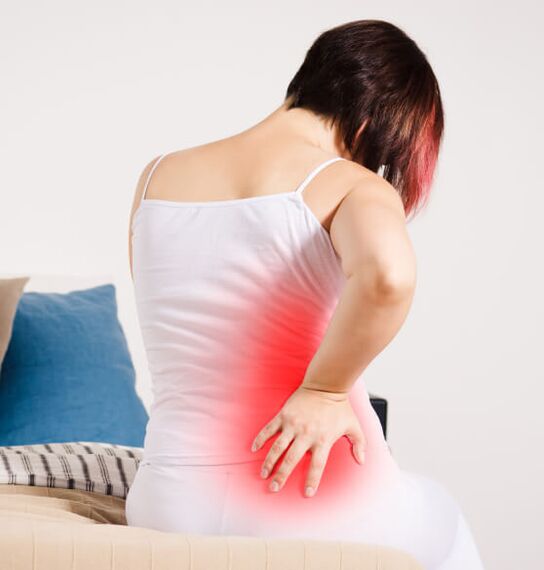
Similar diagnoses were made for men and women. The reason is the increase in load that appears when walking, running, exercising, and sitting for long periods of time. The lumbar spine consists of 5 vertebrae, among which there is a disc that provides elasticity. If metabolic processes do not occur, the intervertebral disc loses its properties and pain occurs.
Symptoms:
- Dull or sharp back pain that worsens with movement.
- Pain in legs, pelvic organs, sacral area.
- Mobility or sensitivity is impaired.
- Leg muscle atrophy in the acute process of the disease.
Lumbar osteochondrosis must be treated. In the absence of therapy, dangerous complications can occur: sciatica, hernia, protrusion. As a result, the natural blood supply to the spinal cord is disrupted, leading to paralysis of the lower limbs.
Cervical osteochondrosis
"Be sure to turn your body" - the doctor insisted. This way you can avoid the dangerous diagnosis of cervical spine osteochondrosis. The neck is the most mobile part of the spinal cord. The department consists of 7 vertebrae. The disease appears as a result of metabolic disorders in the body, where there is salt in the neck or due to uncomfortable head position.
Symptoms:
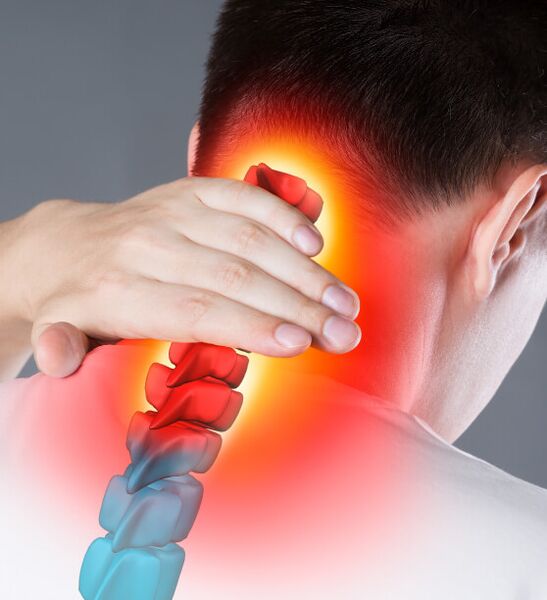
- Headache;
- Pain in the heart area;
- Flashing "flies" in front of the eyes;
- Hearing problem;
- Cramps in the cervical spine;
- Pain in the arm or shoulder joints;
- Numb limbs.
Experts note that this type of disease is one of the most dangerous, as it can cause poor blood circulation in the brain, migraines, dystonia and more serious diseases.
Osteochondrosis of the chest
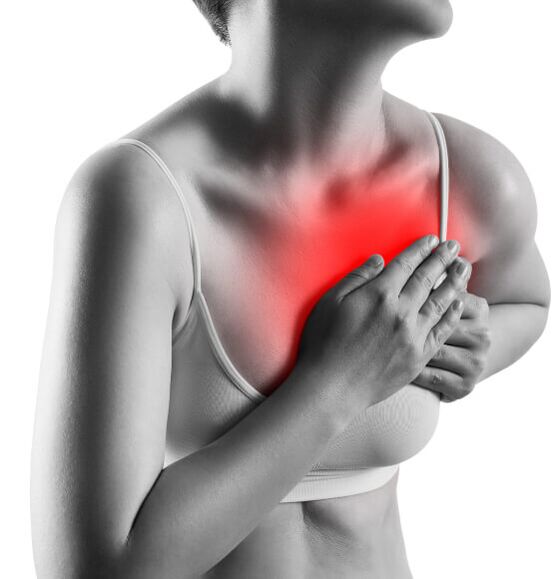
Disorders of the thoracic spine are rare, because the vertebrae are inactive. The pain that arises in this area of the body is experienced by many people who do hard physical work or have inactive jobs. The cause of osteochondrosis can be a disturbed metabolic process, increased load on the intervertebral disc.
Symptoms:
- Pain or tightness in the chest.
- Pain between shoulder blades when raising hands.
- Disorders of skin sensitivity.
In acute disorders, two symptoms can occur: dorsago and dorsalgia. Dorsago is accompanied by acute chest pain, shortness of breath. With dorsalgia, the pain in the vertebral part of the department is not very strong, but gradually increases. The disease is often confused with other chest pathologies: heart attack, pneumonia, angina pectoris, etc. Diagnosis is made only by a specialist, based on examination and research.
Stages of osteochondrosis
- In the first stage, there are no obvious symptoms. Periodically, there is discomfort in the spine, which is related to fatigue or excessive physical activity. The disease can be detected during routine examination, X-ray or CT scan.
- The second stage is accompanied by pain syndrome, as the process of destruction of cartilage tissue begins and the gap between the discs decreases. Pain at this stage is relieved by medication prescribed by a doctor.
- In the third stage, spinal deformity begins: fibrous rings rupture, intervertebral hernias appear. With the help of prescribed treatment, it is still possible to improve the condition of the spine.
- The fourth stage is an irreversible change in the spine, where it is difficult for a person to move. Bone tissue grows between the vertebrae, connecting the vertebrae. Often, this form of osteochondrosis leads to deformity.
Diagnostic methods
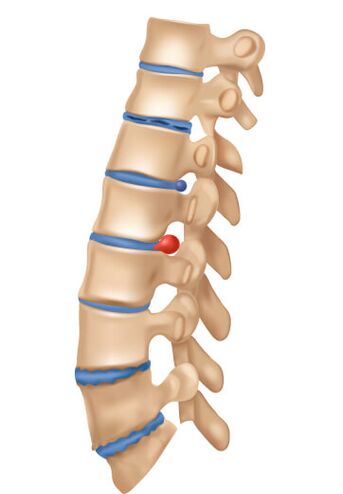
To determine the extent of the disease, to check sensitivity and reflexes, the doctor performs a physical examination. In addition, blood and urine tests were taken, indicators of calcium metabolism were studied.
To make an accurate diagnosis, diagnostic methods are used:
- Vascular ultrasound. Determination of the level of impaired blood flow in the vertebral arteries.
- X-ray of the spine.
- UKT. Construction of a three -dimensional photograph of the study area to detect small vertebral displacements.
- UMRI. Study the soft tissue condition to assess the condition of the spinal cord and describe the internal structure of the disc.
Treatment

Osteochondrosis is treated thoroughly. The main goal of therapy is to suppress painful sensations, relieve muscle tension and stiffness of movement that arise as a result of pain. It is important not to do self -treatment, but to consult a specialist and follow his recommendations.
To treat the spine, doctors prescribe non-steroidal anti-inflammatory drugs that help relieve inflammation and swelling. Muscle relaxation is responsible for reducing muscle spasms. Ointment is used to relieve pain. Antioxidants and vitamins can be prescribed to protect nerve tissue.
Prophylaxis
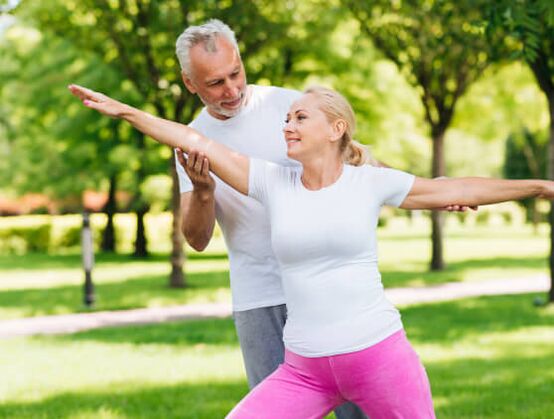
It is possible to maintain the health of the spine and prevent the onset of symptoms or complications of osteochondrosis by adhering to preventive methods:
- drink enough water, control weight;
- eat foods rich in collagen;
- selection of orthopedic mattresses that support the body;
- regular exercise.
Alternative methods can be tried: acupuncture, qigong or massage. Before starting any procedure, you should consult a doctor to ensure the health of the musculoskeletal system.























